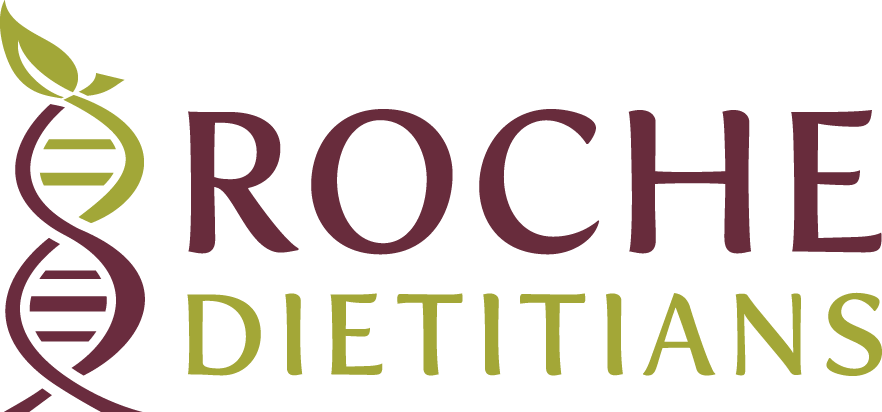Exploring Gelatin/Jell-O and Dysphagia: Guidance from the US IDDSI Reference Group
Exploring Gelatin/Jell-O and Dysphagia: Guidance from the US IDDSI Reference Group
For professionals dealing with dysphagia, navigating the various food textures and their associated risks can be challenging. Fortunately, the US IDDSI Reference Group (USIRG) provides crucial resources on IDDSI.org, offering detailed guidance and FAQs to help ensure the safety and well-being of individuals with swallowing difficulties.
USIRG Resources: https://iddsi.org/around-the-world/united-states
Background on Gelatin/Jell-O in the United States
Gelatin products commonly used in the United States, such as Jell-O, differ significantly from those described in the International Dysphagia Diet Standardisation Initiative (IDDSI) framework, which characterizes “edible gelatin” as having a “sticky or gummy texture.”
USIRG FAQ on Gelatin/Jello https://cms.iddsi.org/media/aroundtheworld/usa/gelatinjellofaqusirgnov2024.pdf
Key Points from the USIRG FAQs:
Difference in Gelatin Products: The typical gelatin/Jell-O found in the USA is not the same as Japan's Dysphagia Training Jelly or konjac jelly, which poses a high choking risk.
Variable Testing Results: According to IDDSI Testing Methods, gelatin/Jell-O preparations in the USA can vary greatly, leading to inconsistent classifications.
Frequently Asked Questions from USIRG
1. What IDDSI Level is prepared gelatin/Jell-O?
Some of the findings from testing completed by USIRG members include variable and contradictory results using many different gelatin products both commercially available and made from mixes. According to the USIRG FAQ on gelatin/Jello, the following characteristics make gelatin/Jell-O a “unique and potentially challenging food”:
Spoon Tilt Test: Gelatin/Jell-O typically slides off the spoon in one firm chunk.
Fork or Finger Pressure Test: Results can vary; it may squash with a fork but break into small particles or remain too firm to squash.
Transitional Food Testing: Gelatin/Jell-O does not melt to a thin liquid when water is applied.
Therefore, due to the specific characteristics of gelatin/Jell-O and the variability of products, the best practice is to include it only on Regular (IDDSI Level 7) and Thin Liquid (Level 0) menus unless your IDDSI testing indicates otherwise. Facility-specific testing and speech pathologist assessments can offer more tailored guidance.
2. Can gelatin/Jell-O be thickened with a thickener?
Thickening gelatin/Jell-O can be challenging and may require trial and error to achieve a safe product that tastes good. It's advisable to consult suppliers for suitable recipes and always test products using IDDSI Testing Methods.
Discover More Resources
The US IDDSI Reference Group (USIRG) on IDDSI.org offers a wealth of information and support for those managing dysphagia. For more detailed FAQs and guidance, visit the US IDDSI Reference Group page.
Read more about IDDSI: Your Ultimate Guide to IDDSI
Upgrade you and your team’s IDDSI skills:
IDDSI is an important tool in making sure that the food we serve is safe for individuals with chewing and swallowing problems. It’s vital that you and your team are well-versed in understanding IDDSI.
However, IDDSI can be complex to learn. That’s why we created the Roche Dietitians “We Test for Safety” IDDSI Training Program. This online, on-demand program will train your team on the new IDDSI standards in a straightforward, easy-to-understand way. From providing an overview of IDDSI with our Introduction Course to more comprehensive courses on each IDDSI level, including the IDDSI Pureed (Level 4), your team will learn everything they need to know about the new IDDSI standards.
And the Roche Dietitians “We Test for Safety” IDDSI Training Program is not just about teaching your team about IDDSI — it empowers you to develop a culture of safety in your organization. Through this training, you will build a sustainable IDDSI culture where everyone knows their role in keeping your residents safe.

